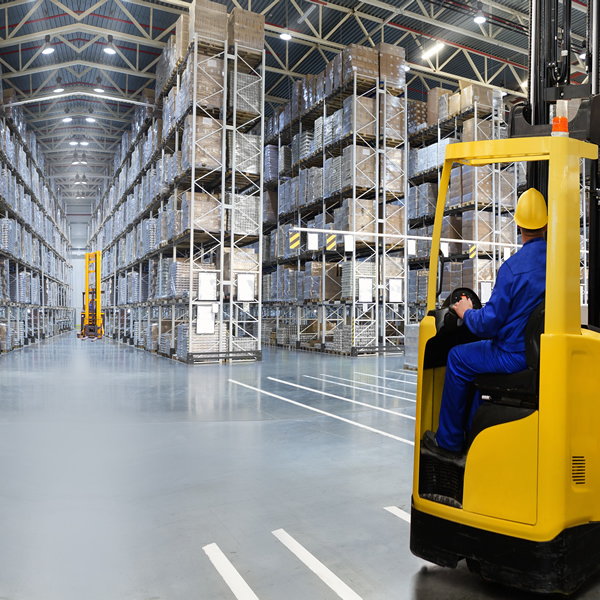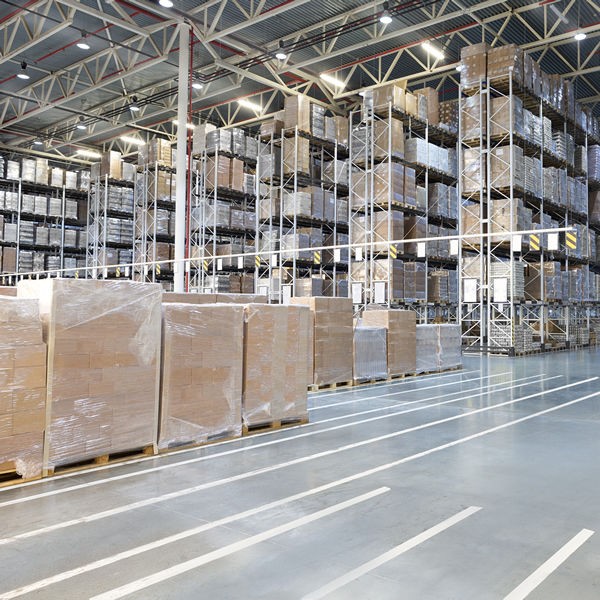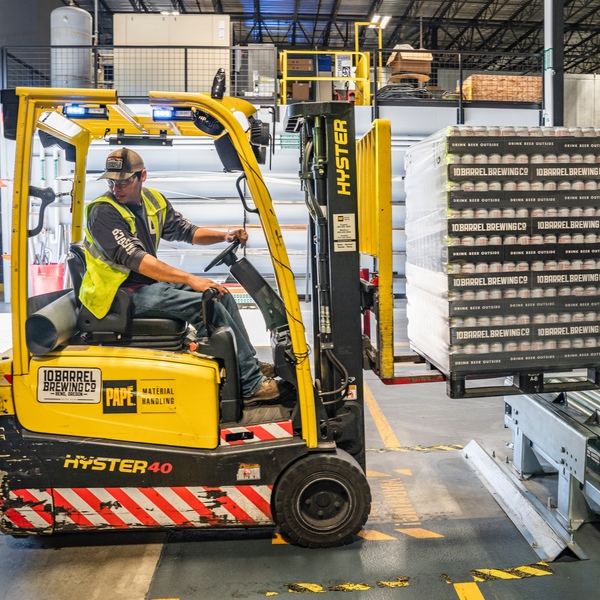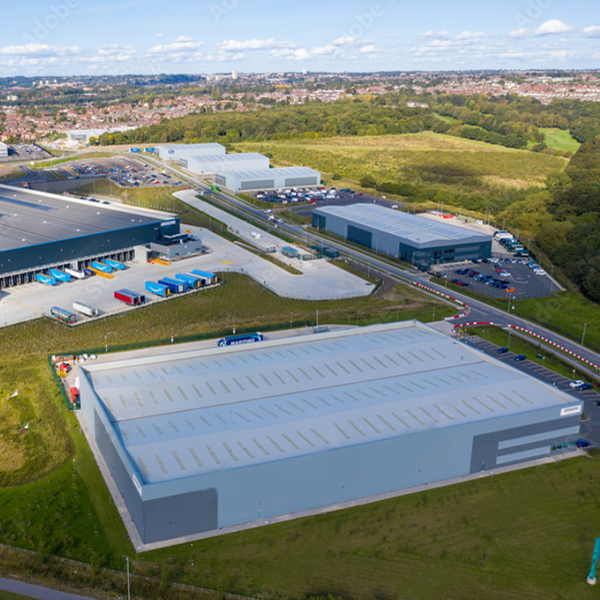- УСЛУГИ
- ЦЕНТР ПРИЕМА СИГНАЛОВ ТРЕВОГИ
- СИСТЕМЫ ОХРАННОЙ СИГНАЛИЗАЦИИ
- КОНТРОЛЬ ДОСТУПА
- CCTV (КАМЕРЫ/СИСТЕМА ВИДЕОНАБЛЮДЕНИЯ)
- ВИДЕОДОМОФОНЫ
- СИСТЕМА ПОЖАРНОЙ СИГНАЛИЗАЦИИ
- СИСТЕМА ПОЖАРОТУШЕНИЯ
- СИСТЕМА ВЫЗОВА МЕДСЕСТРЫ
- СИСТЕМА АВАРИЙНОГО ОСВЕЩЕНИЯ
- СИСТЕМЫ ЭКСТРЕННОЙ ГОЛОСОВОЙ ЭВАКУАЦИИ
- ИНТЕГРИРОВАННЫЕ РЕШЕНИЯ
- ПРОЕКТЫ СПЕЦИАЛЬНОГО РАЗДЕЛА
- НАШИ НОВОСТИ
- НАШИ КЛИЕНТЫ
- О НАС
- ОПЛАТА ОНЛАЙН
Assessing the need for a robust warehouse fire strategy ahead of Black Friday 2022
The end of this month sees the biggest online shopping event of the year happen. Black Friday, 2022 is set to be a week-long event where brick-and-mortar and online retailers offer huge discounts and one-off deals to encourage consumer spend. And despite the UK being on the cusp of a recession, Brits are predicted to spend an estimated £3.95 billion on Black Friday and Cyber Monday purchases this year.
All this means that the logistics sector, and more importantly the warehouses that underpin it, are more vital to our economy than ever before. Research from Savills notes in the 2021 UKWA report that for every extra £1 bn spent  online, a further 775,000 sq ft of warehouse space is needed to meet the new demand. And as the need for warehouse space increases, there are additional fire safety factors that need to be considered for the responsible person.
online, a further 775,000 sq ft of warehouse space is needed to meet the new demand. And as the need for warehouse space increases, there are additional fire safety factors that need to be considered for the responsible person.
Warehouse fires have the potential to be devasting, posing a threat to life, destroying business operations and be detrimental to the supply chain. In 2019, 200 firefighters battled through the night to control a huge fire which swept through an Ocado warehouse fire in Hampshire. The robotics warehouse, where 30,000 orders were processed each week had to suspend operations and customers took to Twitter to complain. The warehouse has since reopened and is now even bigger, sitting at 217,000 square feet it fulfils 60,000 direct to customer orders per week when at full capacity – but the fire came at great cost to the retailer with share price dropping by 6% at the time.
What causes warehouse fires?
A key issue facing the UK warehousing sector is lack of land not coming forward for development due to the pressure on Local Authorities by the Government to build more homes. So, with demand for online shopping growing, the knock-on effect means developers and operators are looking at old spaces, adapting and scaling existing, industrial properties to satisfy the demand.
 Yet building regulations are failing when it comes to fire precautions for developing older buildings. All single-story buildings are treated the same, resulting in warehouse developments that may well be compliant with statutory guidelines, but aren’t properly equipped to prevent fires for a warehouse scenario. Also due to the proximity to other buildings, these types of fires can easily spread, and it also makes it difficult for fire services to get close enough to deal with the fire effectively. Of course, the issues are further compounded by the fact that modern technology now means that more and more warehouses are automated almost 24 hours a day, meaning none or very few personnel are on site. This makes visual identification of a fire incident unlikely, so the safety of the building is completely dependent on automatic fire systems.
Yet building regulations are failing when it comes to fire precautions for developing older buildings. All single-story buildings are treated the same, resulting in warehouse developments that may well be compliant with statutory guidelines, but aren’t properly equipped to prevent fires for a warehouse scenario. Also due to the proximity to other buildings, these types of fires can easily spread, and it also makes it difficult for fire services to get close enough to deal with the fire effectively. Of course, the issues are further compounded by the fact that modern technology now means that more and more warehouses are automated almost 24 hours a day, meaning none or very few personnel are on site. This makes visual identification of a fire incident unlikely, so the safety of the building is completely dependent on automatic fire systems.
Some of the most common causes of warehouse fire, beside arson attacks, are electrical faults, heating equipment and when combustible materials are exposed. For example, there is a significant challenge that cold storage operations face. The very nature of cold storage warehouses presents a significant fire risk due to the materials used to control temperatures. For example, evaporative condensers are used to sustain low temperatures in cold storage warehouses. They do this by removing air moisture to very low levels of humidity, which in the case of a fire would accelerate the spread of flames.
What can be done to prevent warehouse fires?
 All these scenarios are preventable when the correct life safety equipment is installed. Essential action when you consider preventable fires in the UK warehouse industry costs our economy upwards of £230 billion each year.
All these scenarios are preventable when the correct life safety equipment is installed. Essential action when you consider preventable fires in the UK warehouse industry costs our economy upwards of £230 billion each year.
A risk assessment, when carried out properly and thoroughly according to law (The Regulatory Reform (Fire Safety) Order 2005), is the first place to start. It is also advisable to get an independent audit by a consultant or insurer as this will help ensue any fire strategy is robust.
Many modern warehouses now include things such as firewalls which are a cost-effective solution to manage the risk of fire. Smart warehouse managers should also consider the safe storage of waste and other flammable materials to stop the spread of fire if it were to break out. Keeping these materials in a designated safe storage area will reduce the risk of them causing a fire.
The best way to save lives is to ensure automatic fire detection is in place, across the entire facility. With special attention paid to vulnerable areas. Fire specialists can advise on multiple fire detection solutions that are ideal for warehouses, but it’s important to ensure that the right one for your scenario is installed.
What fire detection is needed in warehouses?
All these systems can help avert disaster, satisfy insurer oversight and improve safety for workers and the public.
Why warehouse managers need to review their fire strategy
 Driven by consumer demand, the trend for more (and larger) warehouse units will continue to grow; take a drive along any major motorway in the UK to see these huge buildings becoming common place. Research from Forrester states that by 2025 online retail will account for 35% of all retail (driven by events such as Black Friday) meaning that at least 64 million square foot of additional warehouse space will be needed for that sector alone. With this growth, the risk of fire also increases, so it's important for logistics companies and warehouse managers to understand the risk.
Driven by consumer demand, the trend for more (and larger) warehouse units will continue to grow; take a drive along any major motorway in the UK to see these huge buildings becoming common place. Research from Forrester states that by 2025 online retail will account for 35% of all retail (driven by events such as Black Friday) meaning that at least 64 million square foot of additional warehouse space will be needed for that sector alone. With this growth, the risk of fire also increases, so it's important for logistics companies and warehouse managers to understand the risk.
In a post Grenfell fire world, businesses cannot afford to be complacent. Warehouse building owners and responsible persons need to ensure they not only meet the latest government legislation, but also understand insurance companies are tightening their belts when it comes to fire risk, particularly those warehouses operating cold storage with their fire-accelerating environments.
If we look back to the Ocado warehouse fire, where customers were left without their orders, it is wise to remember the impact of fire has to life, business and brand reputation. Something which is devastating at any time of the year, but more so during the peak trading season of Black Friday through to Christmas.
Operations who work with experts to ensure a robust fire strategy, advise on the latest and best detection systems, as well as carry out regular maintenance, will the ones who benefit from better insurance premiums and more favourable negotiations when it comes to distribution and storage contracts.